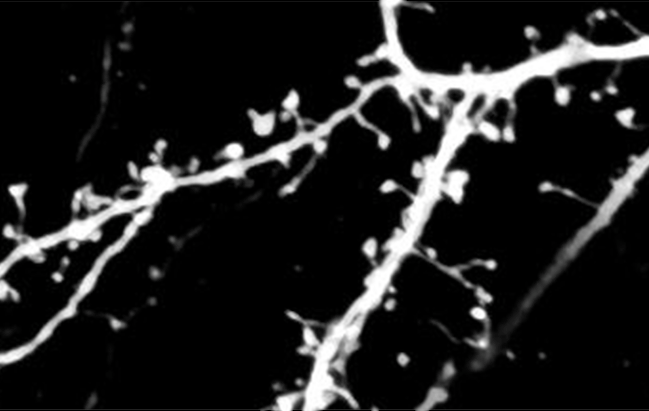
Neurolucida Helps Scientists in Jerusalem Study Synaptic Density in Lactating Mice
A baby cries and her mother’s maternal instincts kick in. She picks her baby up, rocks her, feeds her. Changes in a new mother’s brain compel her to act in ways that ensure her baby’s survival. Researchers at the Hebrew University of Jerusalem are working on learning more about those changes. Their recent focus is on the olfactory bulb – a region of the brain shown to ignite maternal behavior in mice.
“As a scientist and mother I wanted to study plasticity in the maternal brain,” said Hagit Kopel a co-author of the study. “Previous studies showed that olfaction is essential for the production of normal maternal behavior. Therefore, we hypothesized that there are plastic changes in the olfactory system, which accompany the transition into motherhood.”
Working at Prof. Adi Mizrahi’s lab at the university’s Edmund and Lily Safra Center for Brain Sciences, the research team used time-lapse imaging, confocal microscopy imaging, and Neurolucida to analyze the morphology of adult-born granule cells (abGCs) as they innervate the olfactory bulb of both lactating and virgin mice.
According to the paper “Enhanced Synaptic Integration of Adult-Born Neurons in the Olfactory Bulb of Lactating Mothers” published in the Journal of Neuroscience, the dendritic spines of abGCs in the olfactory bulbs of lactating mothers were “significantly more stable” compared with those of virgin mice; spine density was lower; and the density of “pre-synaptic components” was higher.
“Using Neurolucida, we were able to accurately measure the density of their synapses in 3D,” said Hagit Kopel. “Our results indicate that adult-born neurons in mothers have different synaptic distribution as compared to naïve females. These results suggest that olfactory information is coded differently in new mothers. This may support the production of normal maternal behavior.”
Read the free abstract or full article (by subscription) in the Journal of Neuroscience.
Hagit Kopel, Eitan Schechtman, Maya Groysman, and Adi Mizrahi: Enhanced Synaptic Integration of Adult-Born Neurons in the Olfactory Bulb of Lactating Mothers The Journal of Neuroscience, 30 May 2012, 32(22):7519-7527; doi:10.1523/JNEUROSCI.6354-11.2012
{Image: Dendrites of adult-born granule cells in mouse olfactory bulb courtesy of Hagit Kopel.}



